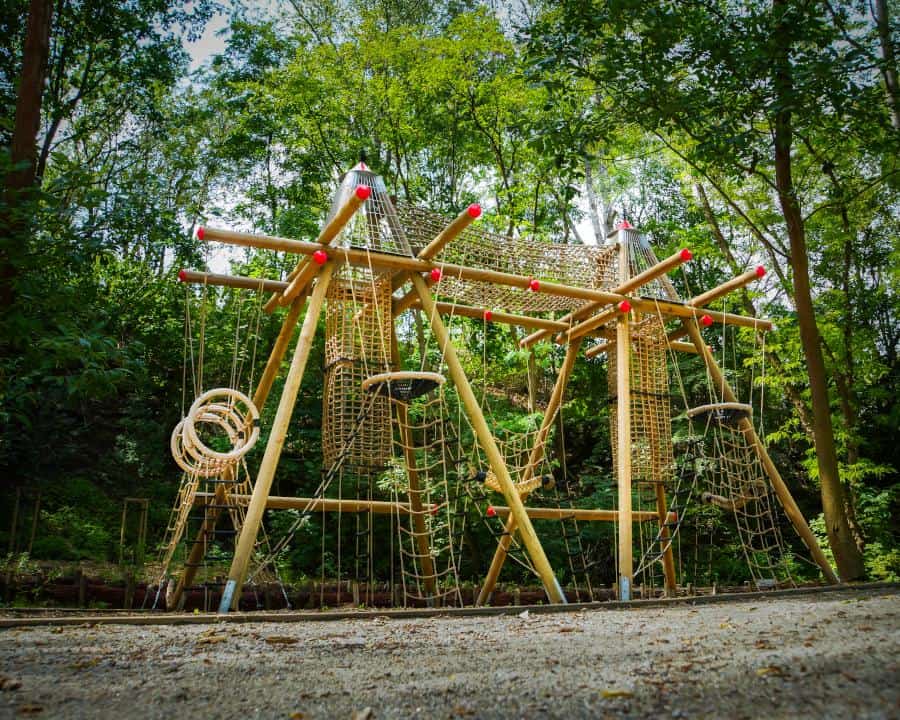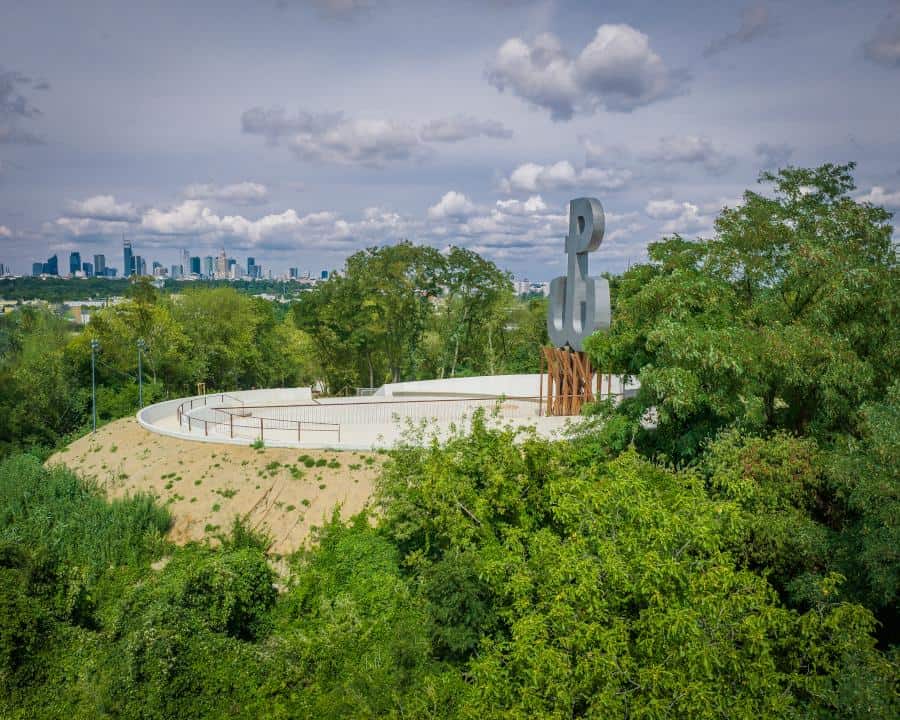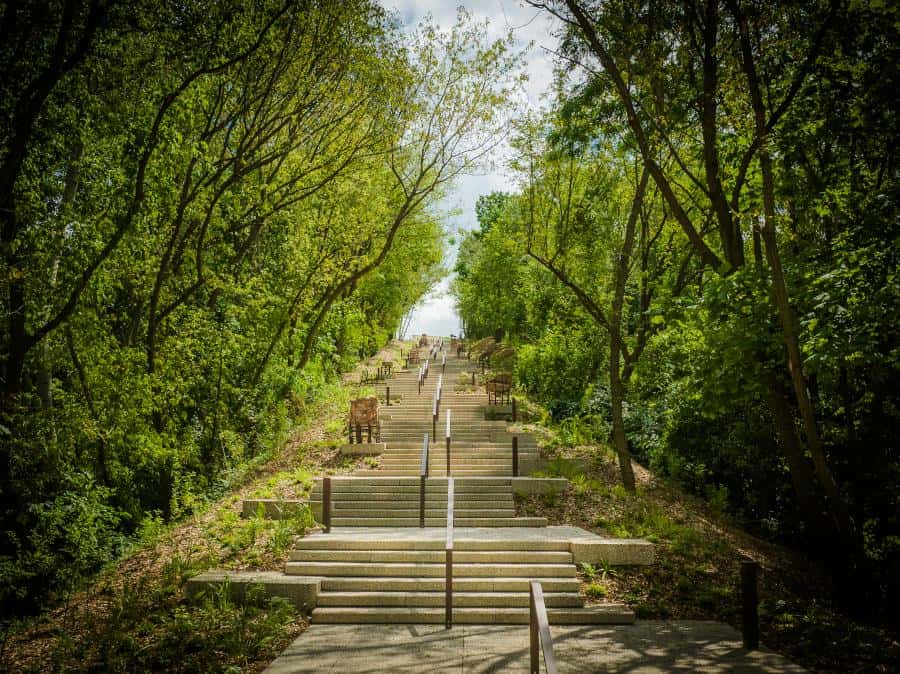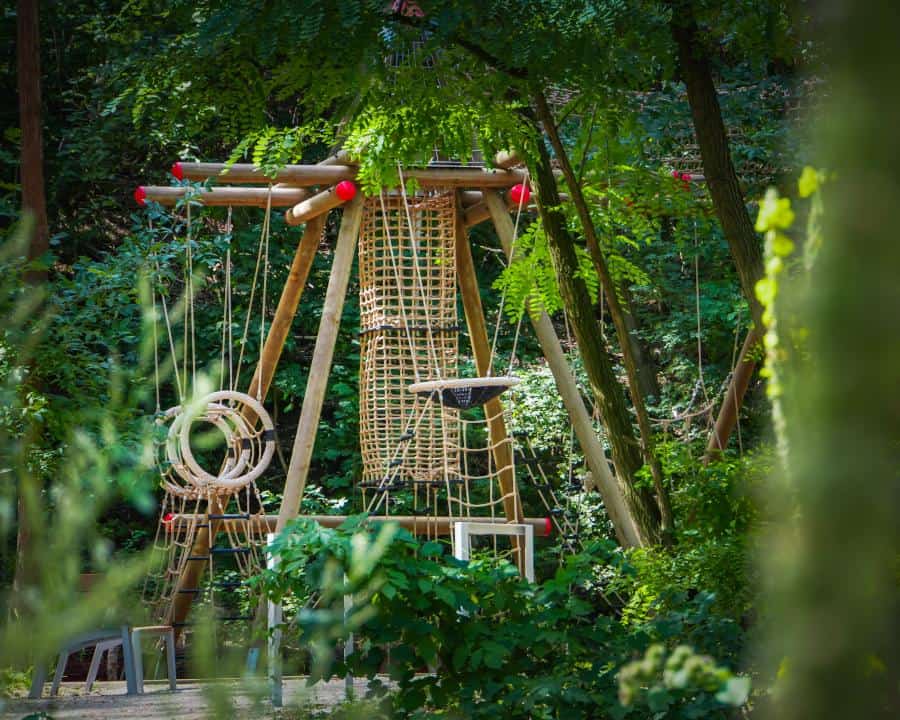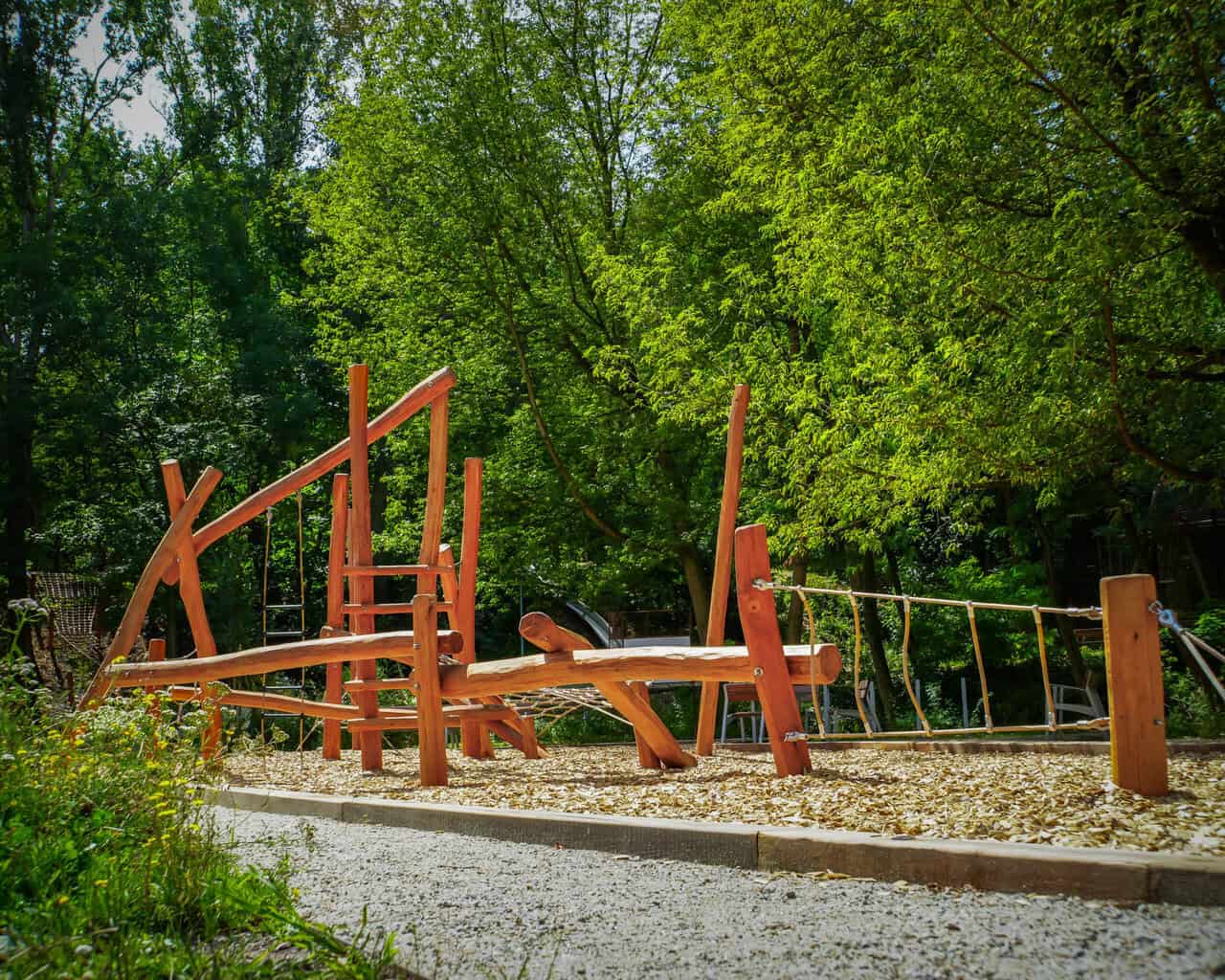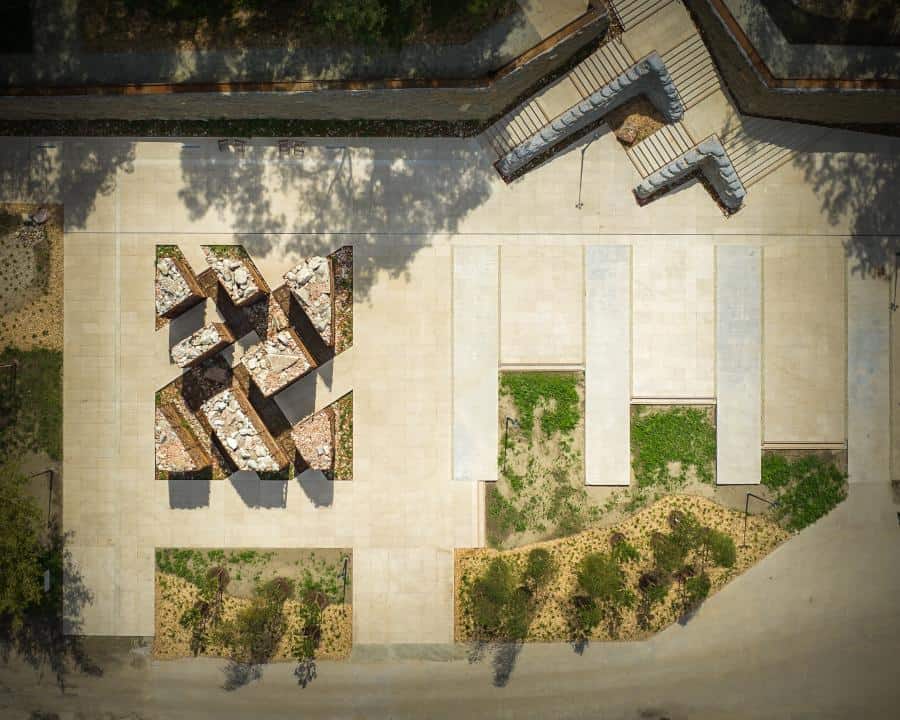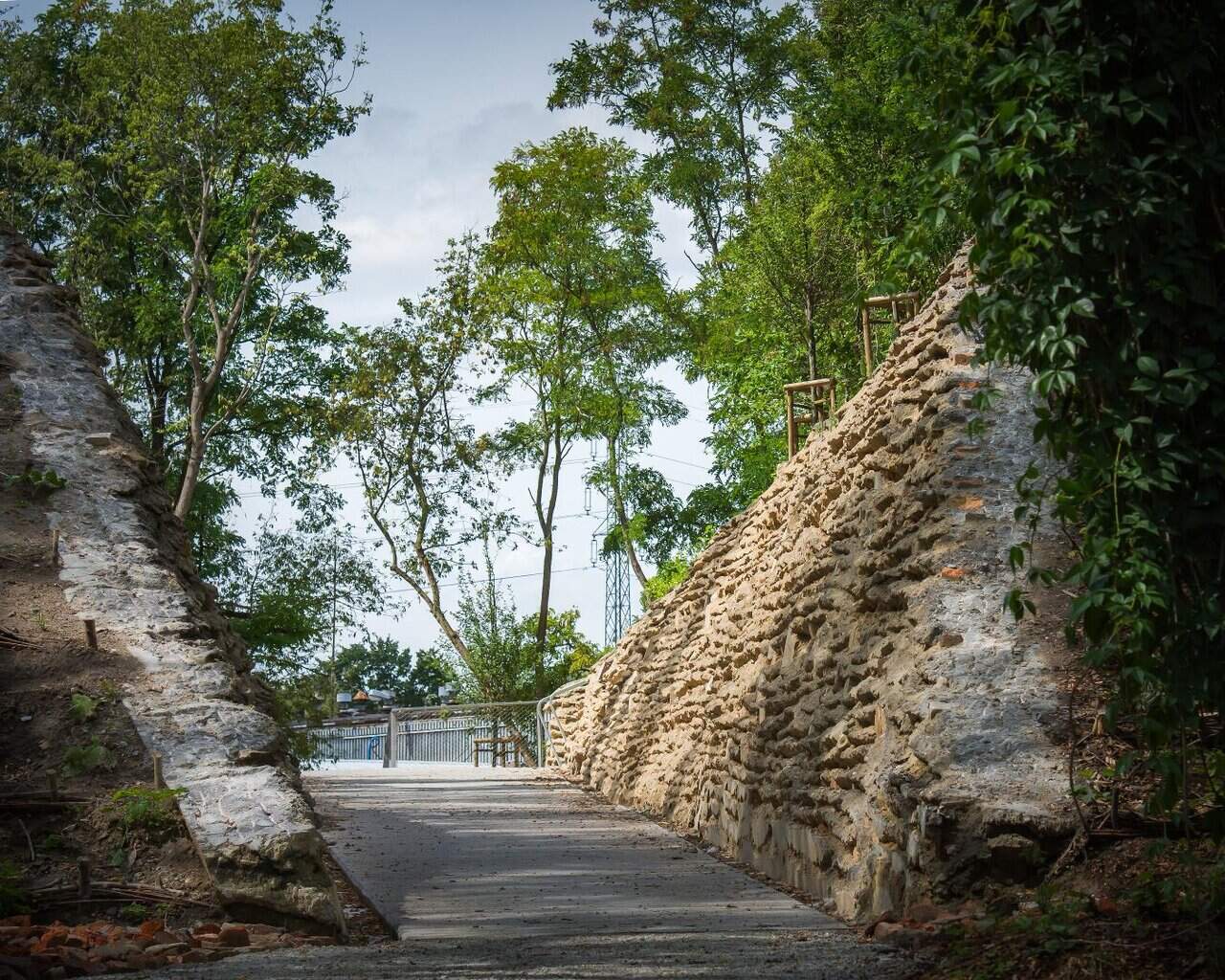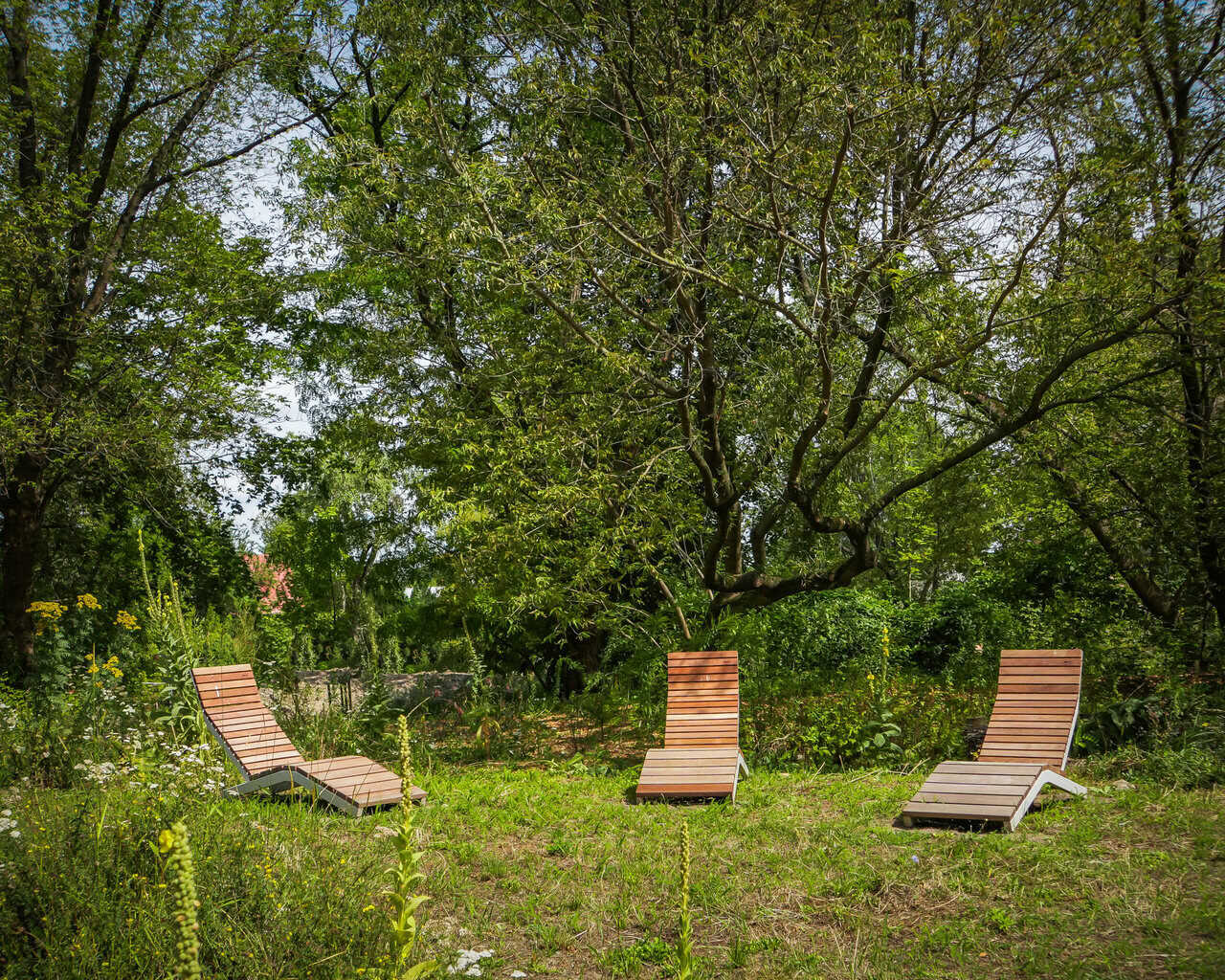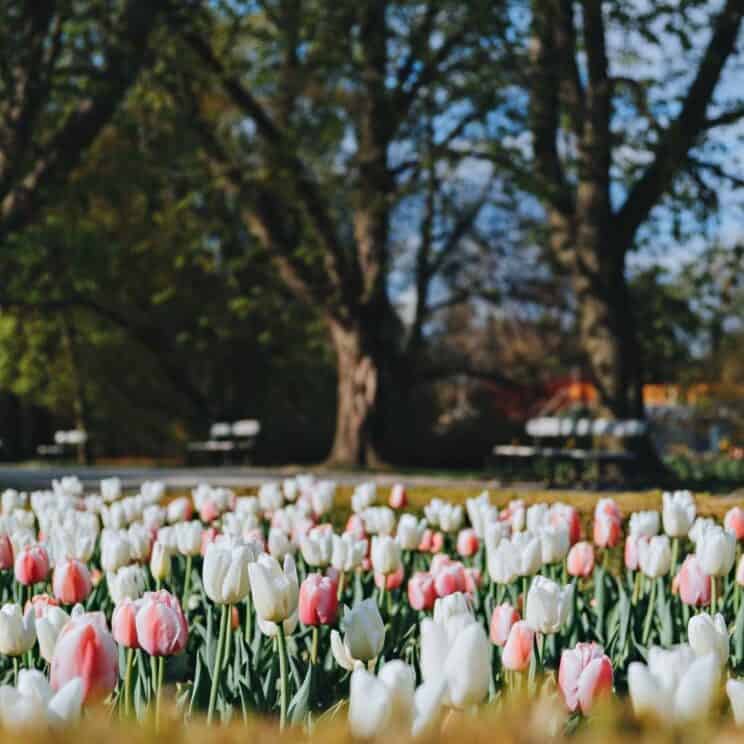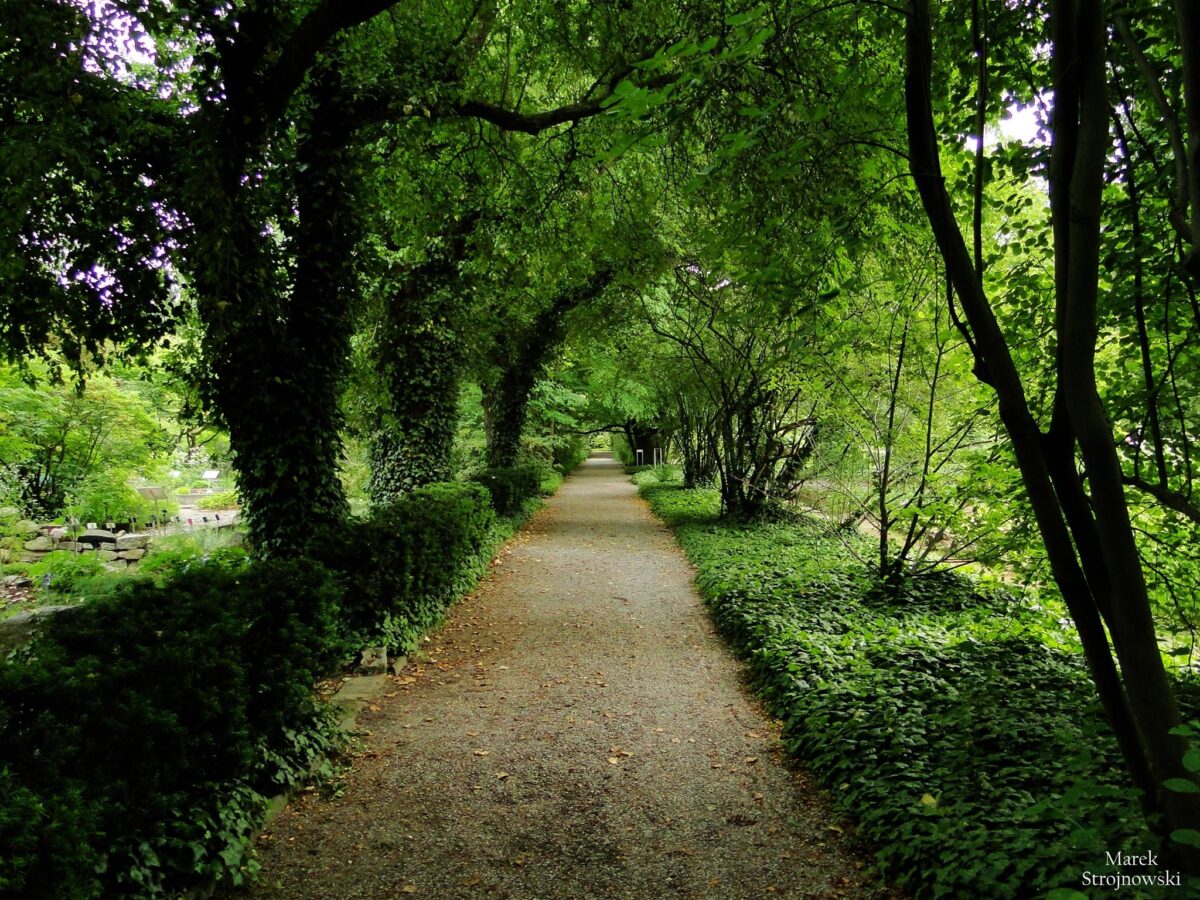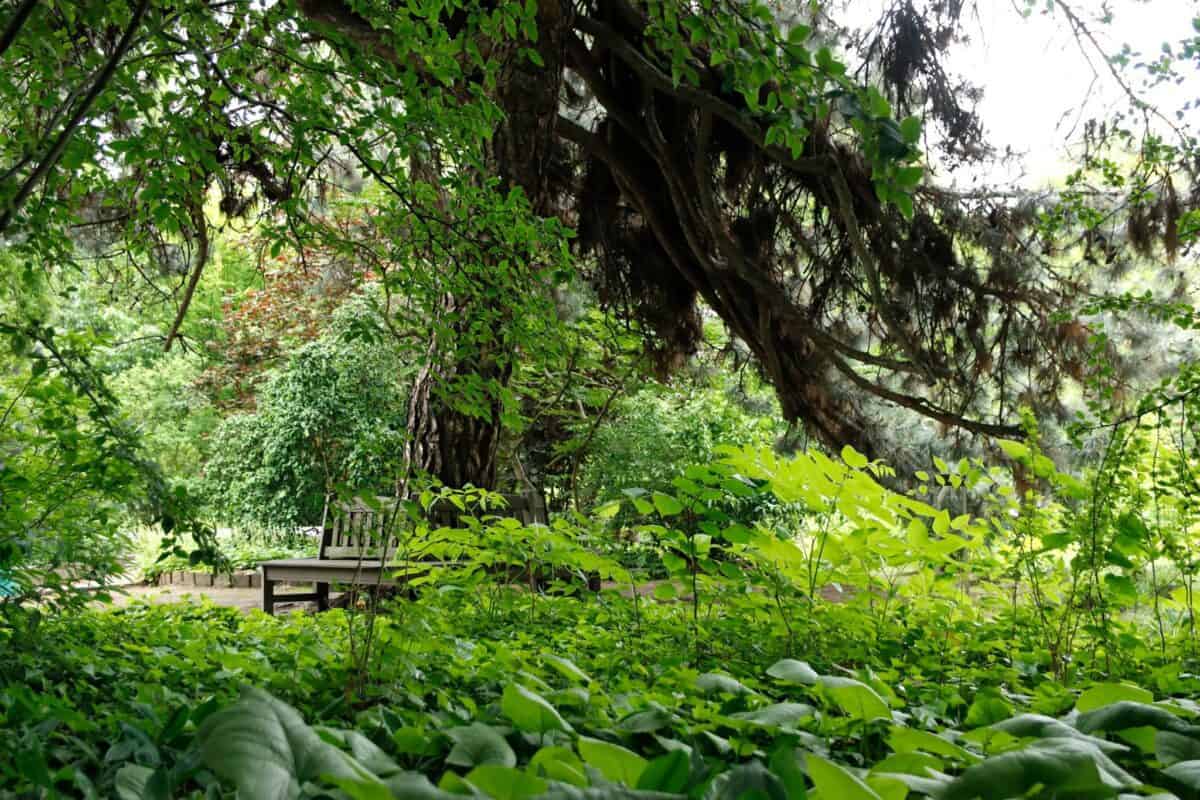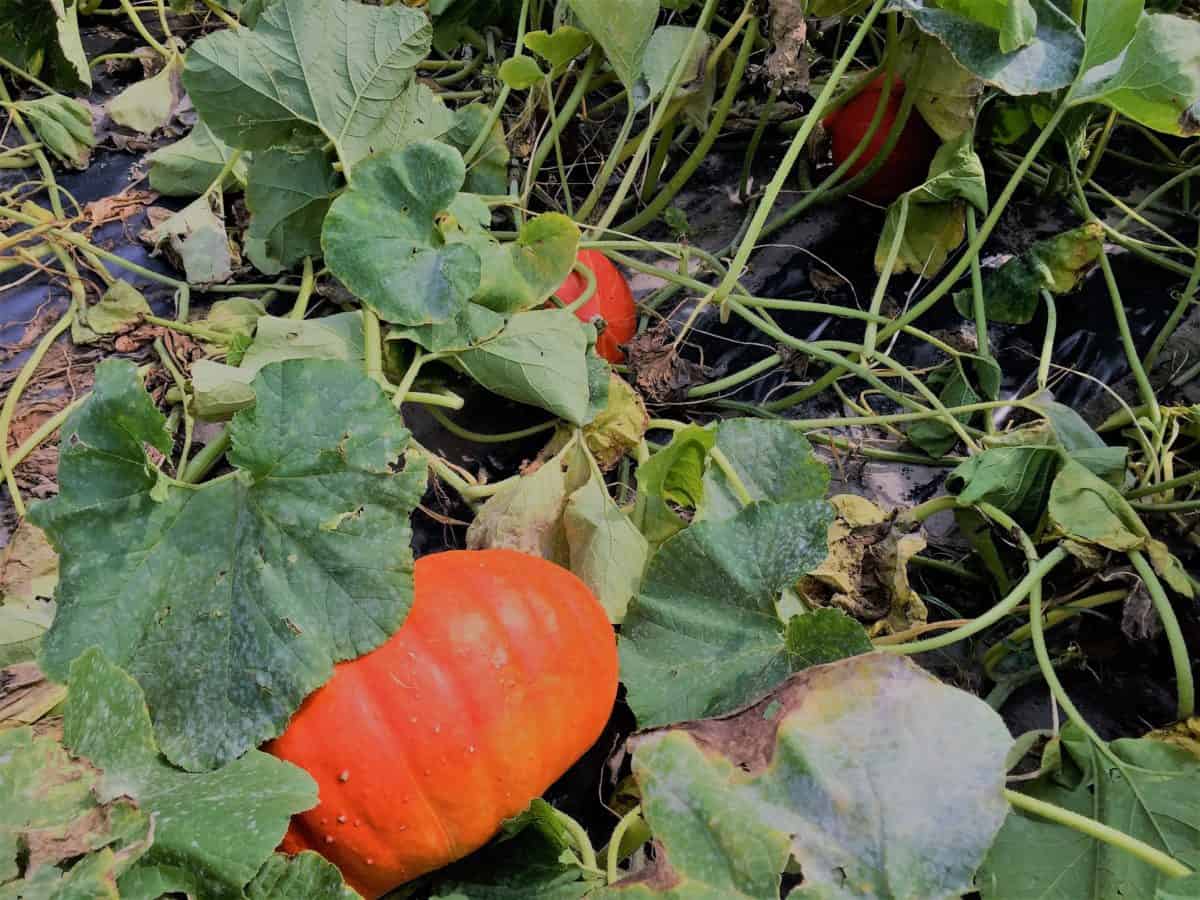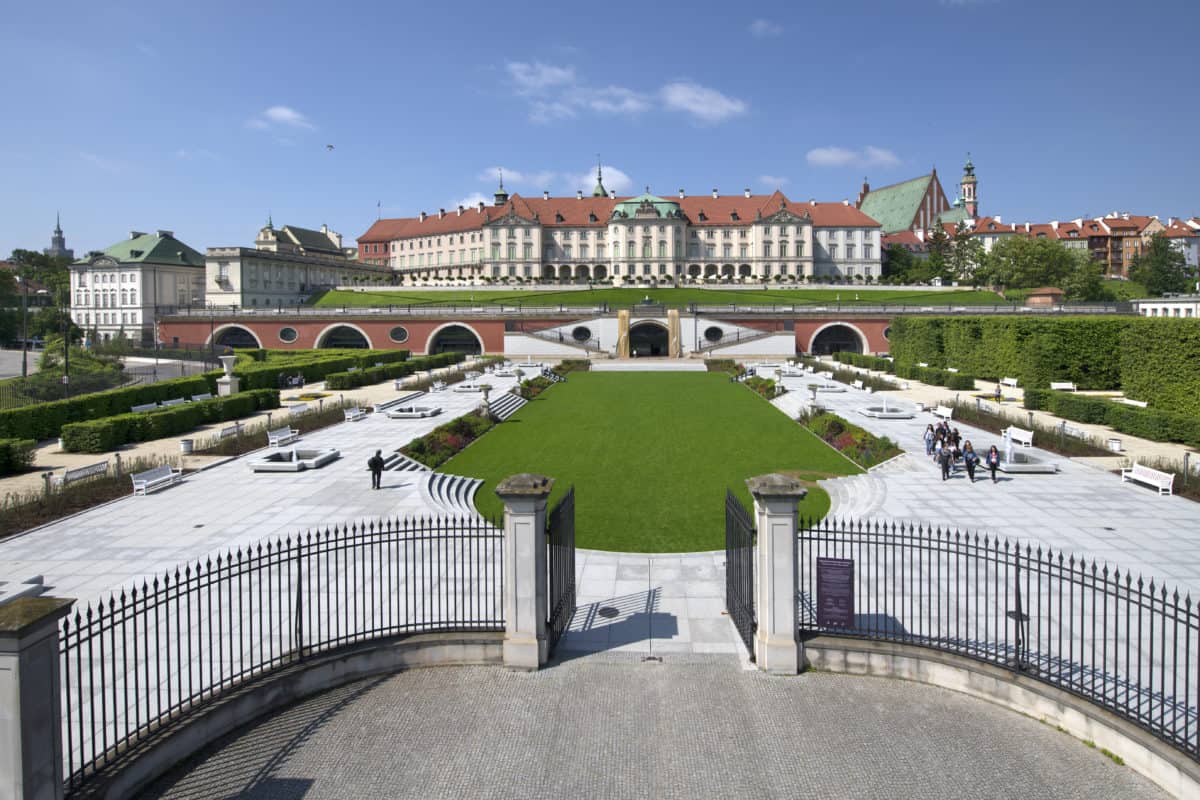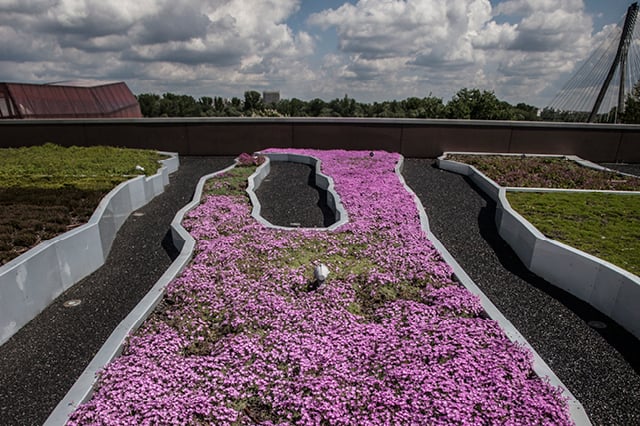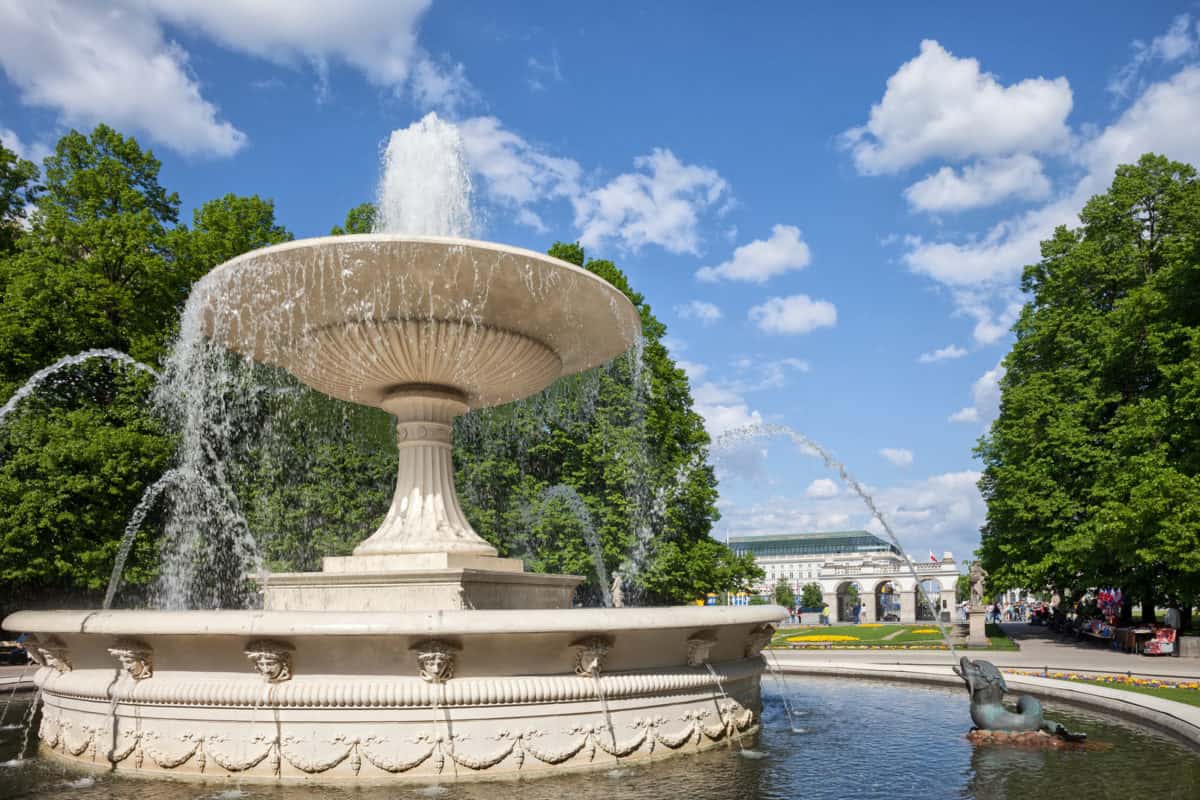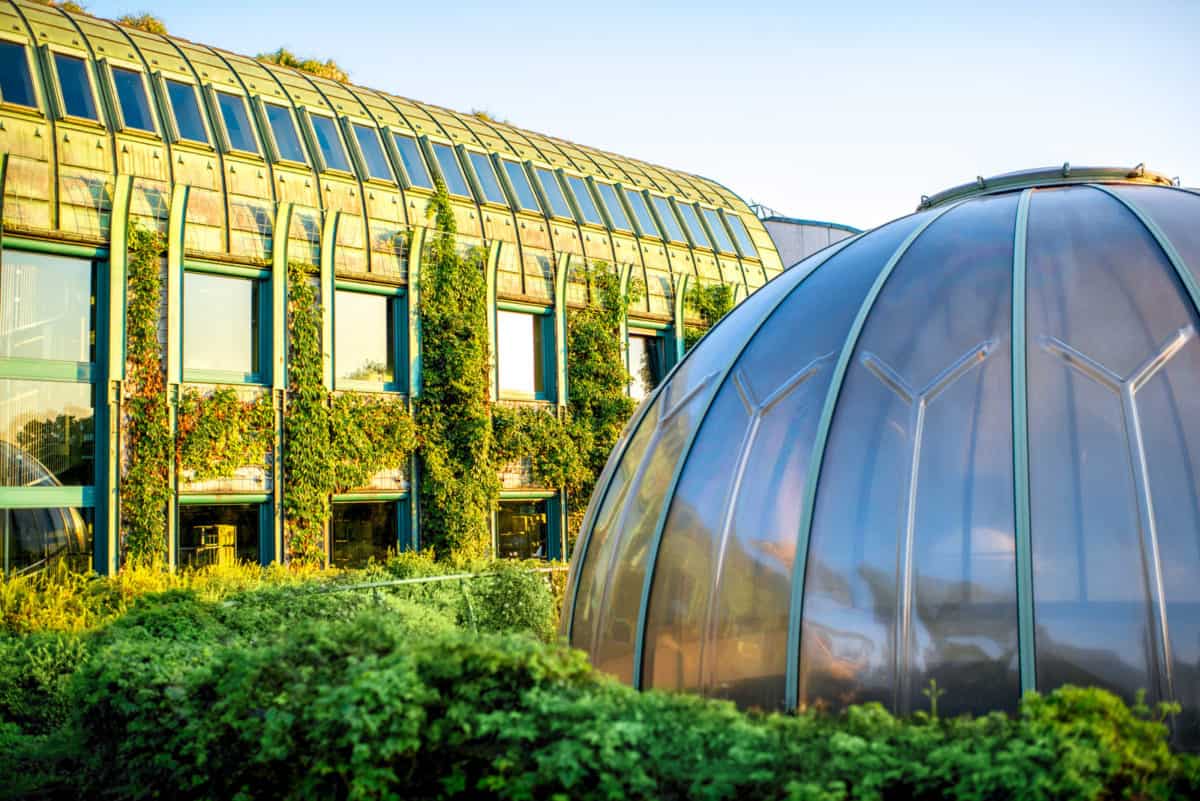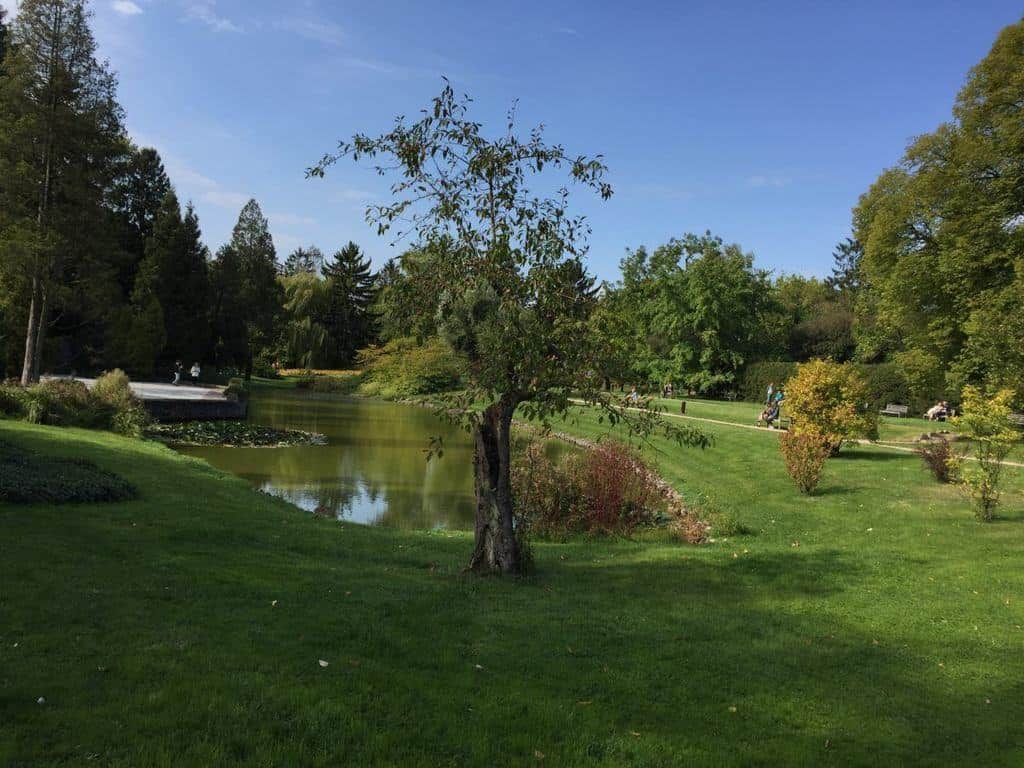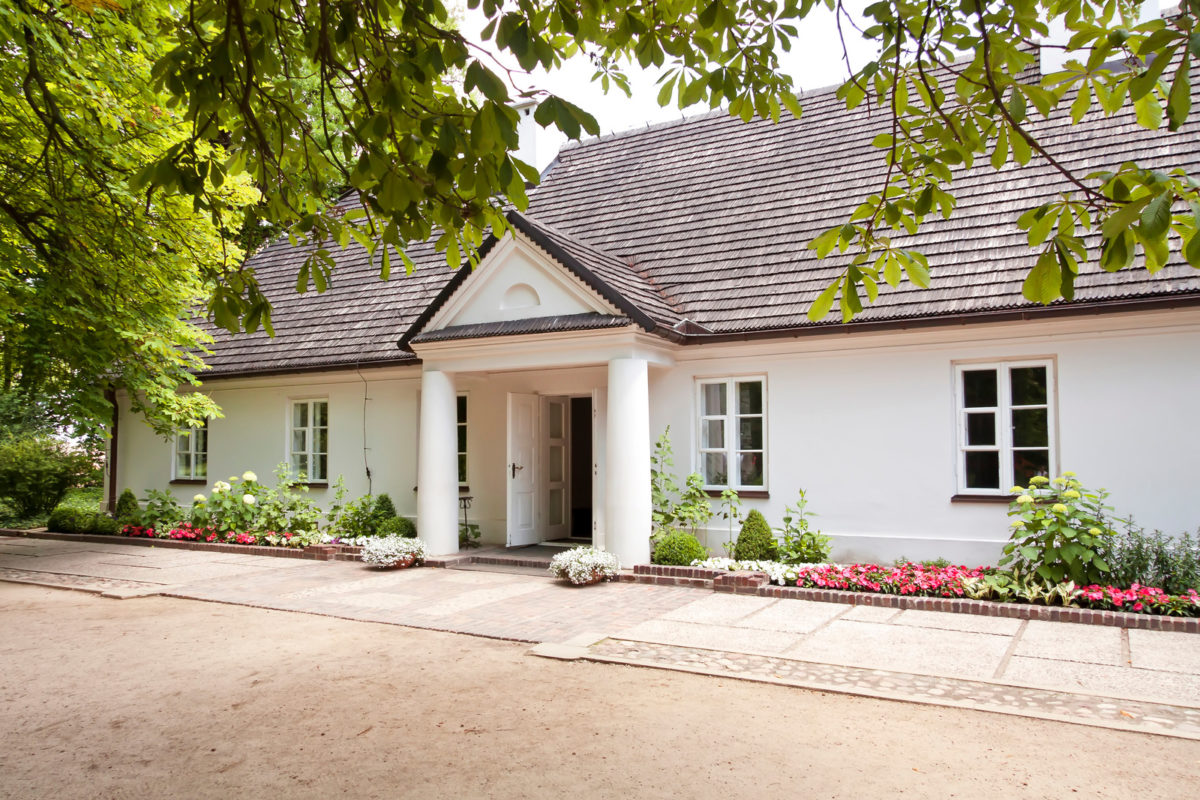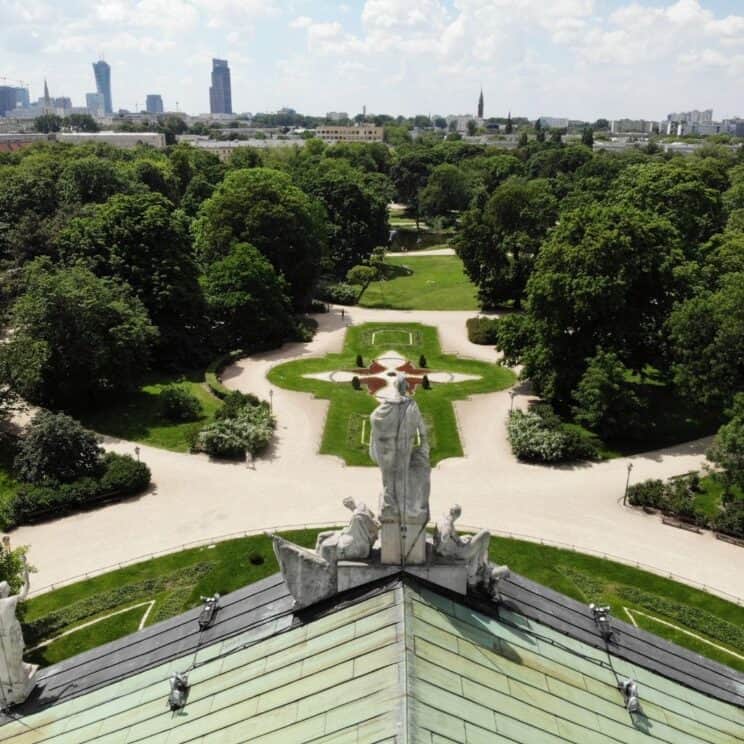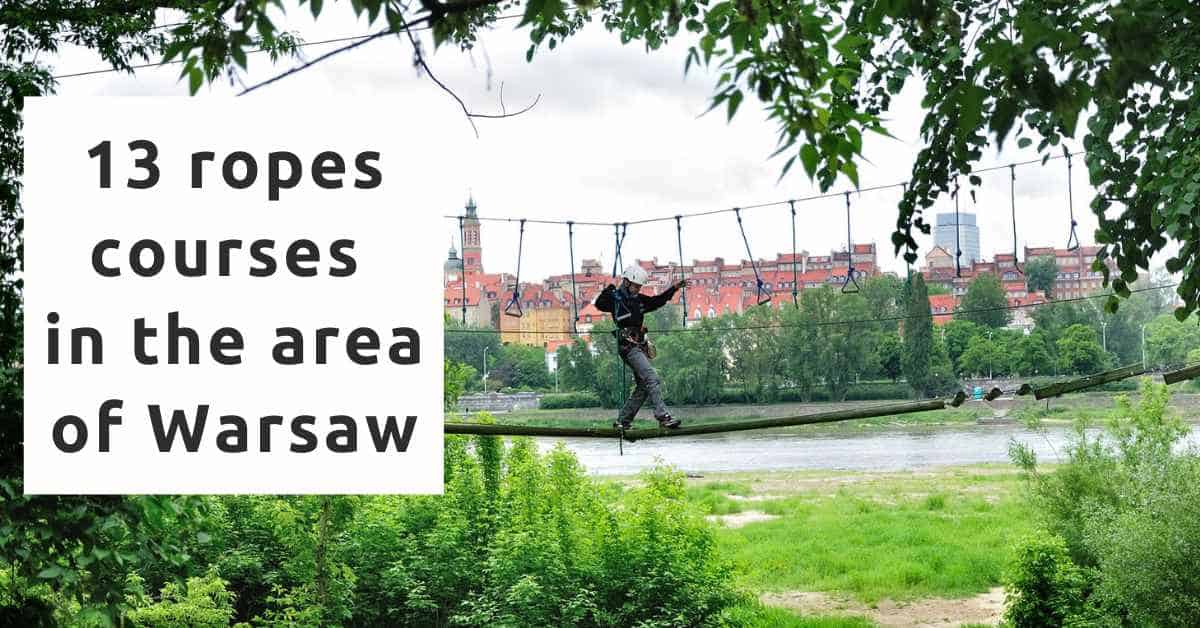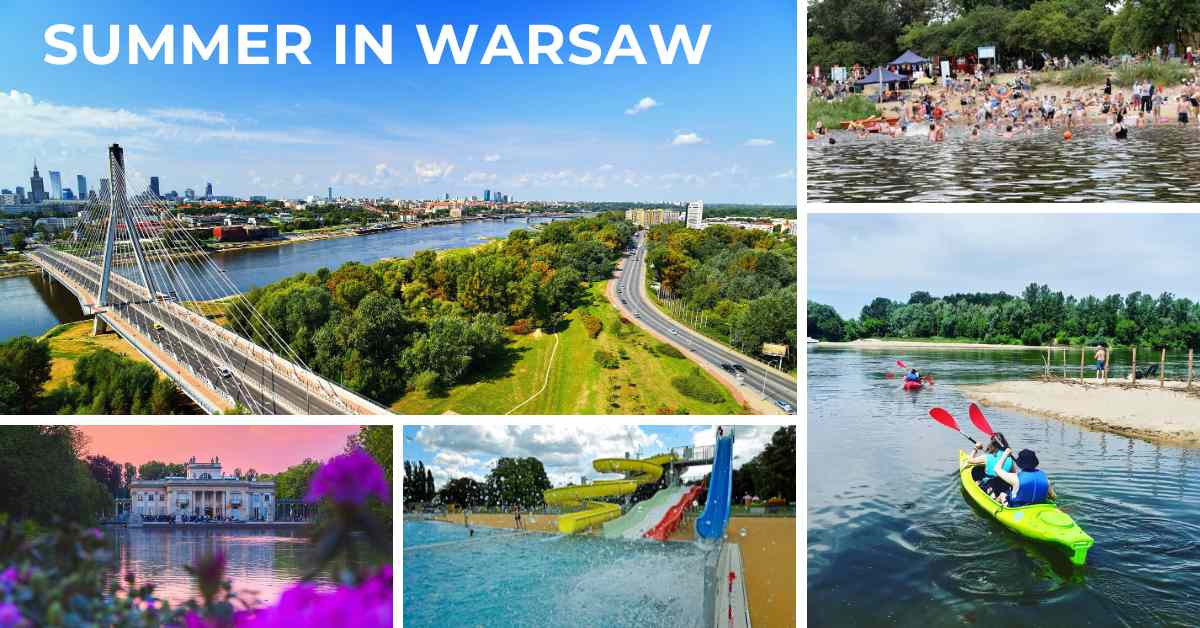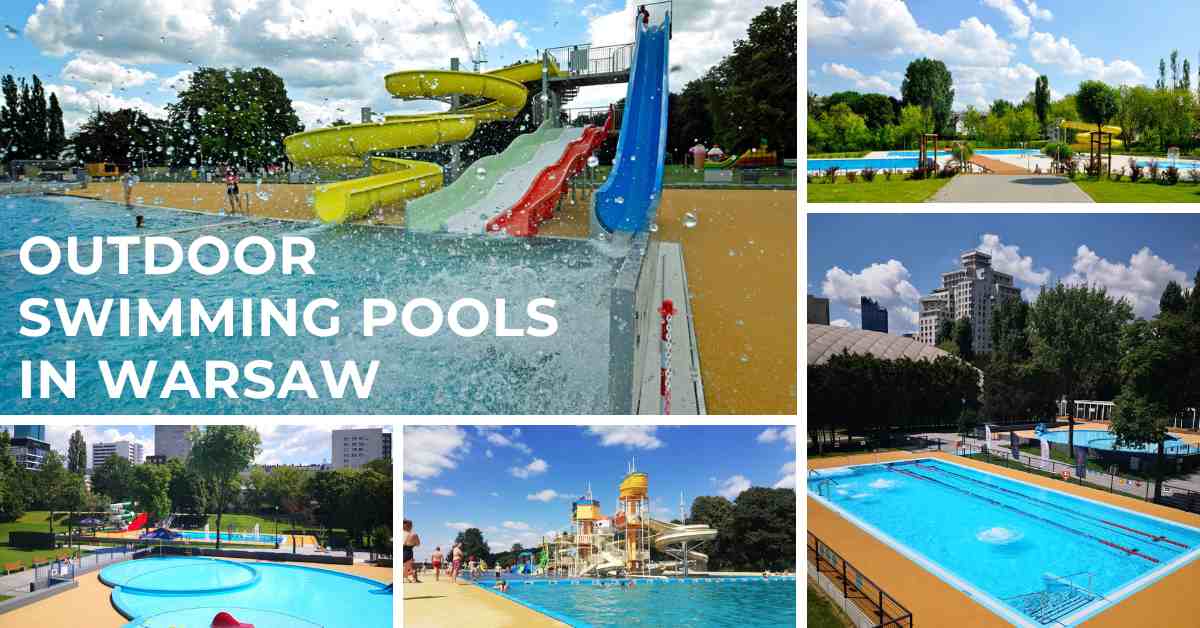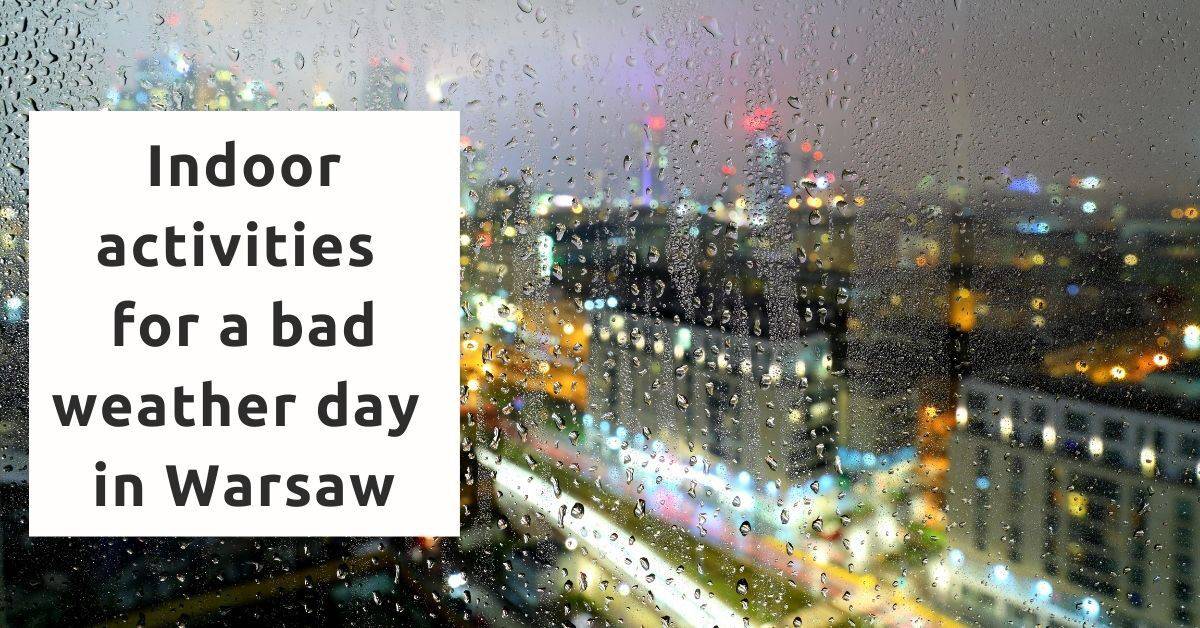Warsaw parks and gardens: discover green Warsaw and enjoy the beauty of nature

- Jump to the Park at the Mound of the Warsaw Uprising (Mokotów)
- Jump to the Ujazdowski Park (city center)
- Jump to the Royal Łazienki Park (city center)
- Jump to the Botanical Garden of the Warsaw University (city center)
- Jump to the Botanical Garden of the Polish Academy of Sciences (Powsin)
- Jump to the Gardens of the Royal Castle (city center)
- Jump to the Garden on the rooftop of the Copernicus Science Center (Powiśle)
- Jump to the Saxon Garden – Ogród Saski (city center)
- Jump to the Roof Garden of the Warsaw University Library (Powiśle)
- Jump to the Park of the Museum of King Jan III’s Palace (Wilanów)
- Jump to the Skaryszewski Park (Praga)
- Jump to the Park in the birthplace of Frederic Chopin (Żelazowa Wola, 55 km from Warsaw)
- Jump to the Park in Powsin – Park Kultury w Powsinie (Powsin)
- Jump to the Szczęśliwicki Park (Ochota)
- Jump to the Pole Mokotowskie Park (Mokotów)
- Jump to the Ogród Krasińskich Park (city center)
- Jump to the best places in the Warsaw area to admire magnolias, Japanese sakura cherries, rhododendrons (usually in April)
The Park at the Mound of the Warsaw Uprising (Mokotów)
The Park is located at the mound commemorating the Warsaw Uprising of 1944. The mound was built after World War II from the rubble of destroyed Warsaw. The Park houses an original historical outdoor exhibition telling the story of the reconstruction of Warsaw. At the top of the mound is a two-level viewing platform and a monument symbolizing Fighting Poland / the Warsaw Uprising.
There are two routes to the top of the Mound – stairs with places to rest and illuminated railings and newly built gorges with walls made of rubble concrete. The rubble obtained during construction was used to form them.
You can go to the nature trail with benches and chairs from the ravines. There are also information boards in Polish and English on the trail about the specifics of the park’s nature. The trail leads to a footbridge among the trees. You can also enter it with a stroller from ul. Grupa AK “Północ” Street, where a dog zone has been created.
The park was revitalized in 2023/2024. As part of the investment, the park was adapted to the needs of people with disabilities and children in strollers.
In the park, on a vast meadow, there is a recreational area/playground for children, including slides, a zip-line, swings, tunnels, a monkey grove, and a mud kitchen (take a change of clothes!:). Most of the play equipment is made of natural materials.
- Location: Park Akcji Burza, Bartycka Street, Mokotów. The park’s location on Google Maps. The playground’s location on Google Maps. The parking lot’s location on Google Maps.
- Free entrance.
- Opening hours: 24/7 park.
Photo source: Urząd Miasta Warszawa, Krzysztof Babicki
The Ujazdowski Park (city center)
The Ujazdowski Park is one of Warsaw’s most valuable monuments of garden art (designed and opened in 1896). It is located in the heart of Warsaw, just 600 meters from Łazienki Park. It is smaller than Łazienki Park and not so crowded on weekends.
There is a large, modern playground in the park (very popular among families, so if you want to avoid the crowds, visit the playground early in the morning or outside the weekend).
- Location: Al. Ujazdowskie 6 Street, city center. Location on Google map.
- Free entrance.
- The park is closed at night. Opening hours 6 am – 9 pm.
The Royal Łazienki Park (city center)
The vast park surrounds the summer residence of the last Polish king. A must-see on your Warsaw bucket list! It can be crowded during weekends, but it’s also big enough to walk in less popular parts of the garden. Impressive during each season – kids can collect chestnuts and colorful leaves during fall, build a snowman and ride a sled during wintertime, observe squirrels in spring, and lie on the grass in summer. Animals that you can observe in the Łazienki Park include peacocks, squirrels, pigeons, and ducks. And if it starts raining, you can hide in one of the galleries and museums in Łazienki, eg, the Palace on the Isle.
Click here to read our tips on visiting the Łazienki Park.
The Botanical Garden of Warsaw University (city center)
Warsaw is lucky to have two botanical gardens. One is located in the city center (the Botanical Garden of the Warsaw University), and the other in the suburbs of Warsaw in Powsin.
The Botanical Garden of the Warsaw University – beautiful nature at your fingertips in the heart of Warsaw – sounds like a cheap advertising slogan, but the Garden is wonderful. It is full of winding alleys, hills, paths among flower beds and hedges, pergolas, corners with fountains, and a pond. Secret garden like in a fairy tale.
In 1818, the Garden was separated from the Łazienki Royal Park. It is not large; during sunny weekends, there are fewer visitors compared to the neighboring Łazienki Park.
- Our tips in English on visiting the Garden (opening hours, ticket info, location, etc.).
- Our feature story about visiting the Garden with kids.
The Botanical Garden of the Polish Academy of Sciences (Powsin)
It is a great destination, especially during weekends – for a more extended trip – to recharge your batteries by experiencing nature. The Garden is located in Powsin, in the suburbs of Warsaw – between Wilanów and Konstancin. There is a vegetable garden and orchard – it is fun for city people to see “live” pumpkins, beetroot, dill, or an apple on a tree. Kids will enjoy the “Collection of Polish flora”, which includes mountain plants and mini-mountains / hills. There are short trails (marked as in the real Polish mountains) and peaks with an interesting view for children. Climbing is not difficult, and the little hikers have great satisfaction. The Garden offers many photo opportunities (azaleas, roses, fruit trees blooming, colorful leaves during fall).
Click here to read our post about visiting the Powsin Garden.
The Gardens of the Royal Castle (city center)
It doesn’t happen often that a new garden appears on the city map, especially right in its heart. But Warsaw is unique in many ways. And that’s the case of the Gardens of the Royal Castle in Warsaw. Although the reconstruction of the Royal Castle was completed in 1984, it was only in 2015 that the Castle’s historical upper garden was opened. 2019 marked a significant milestone in the history of the Polish capital – the lower garden of the Royal Castle was open to the public, finalizing the post-war reconstruction of Warsaw’s Old Town. The uniqueness of Warsaw has been recognized by UNESCO that placed the Historic Centre of Warsaw on its list of World Heritage Sites as “an outstanding example of a near-total reconstruction of a span of history covering the 13th to the 20th century (…) after more than 85% of Warsaw’s historic center was destroyed by Nazi troops in August 1944“.
Click here to read our post about the Gardens.
Photo source: City of Warsaw, Kids in the City
The Garden on the Rooftop of the Copernicus Science Center (Powiśle)
A relatively small garden (more like a green viewing platform) on the rooftop of the Copernicus Science Centre (Powiśle district), overlooking the Vistula river and the Old Town. The Garden is open only during the summer season. Opening hours of the Garden, May-August: 10 am – 8 pm. The Garden is closed on Mondays. Entrance through a ramp from the southern part of the building. Free entrance.
Location: Centrum Nauki Kopernik, Wybrzeże Kościuszkowskie 20 Street (Powiśle).
Photo source: www.kopernik.org.pl
The Saxon Garden – Ogród Saski (city center)
A green oasis in Warsaw’s heart; some trees are 250 years old! Just a few steps from busy Marszałkowska Street and the Old Town. You can visit the Tomb of the Unknown Soldier, which is located in the Garden. There is a 24-hour guard post (2 soldiers who change every hour – children will love it!).
The Saxon Garden (Ogród Saski) dates back to the early 18th century. It was a baroque garden in the French style, the first public park in Warsaw, located next to the royal Saxon Palace (Pałac Saski). The Palace was blown up by the Nazis in 1944. The Garden was renovated, and now you can admire 21 baroque statues along the main avenue of the Garden, the fountain from the middle of the nineteenth century, and a sundial.
Click here to read our post about the Saxon Garden.
The Roof Garden of the Warsaw University Library (Powiśle)
The Garden is located on the roof of the University of Warsaw Library (Powiśle district) and is one of Europe’s most extensive roof gardens. You will have a fantastic view of Warsaw from the top, including the Vistula River and the Palace of Culture and Science. The library Garden has two parts: the upper garden on the roof and the lower garden, where you will find the ponds, the fountain, and the granite sculptures. The Lower Garden is open all year, and the Roof Garden is open from April 1 until the end of October.
Click here to read our post about visiting the Garden.
The Park of the Museum of King Jan III’s Palace (Wilanów)
The Museum of King Jan III’s Palace at Wilanów in Warsaw is a baroque summer residence of King Jan III Sobieski and his wife, Queen Maria Kazimiera. It’s a huge park (45 hectares!) with different styles (Baroque, English landscape garden, rose garden, Anglo-Chinese garden), Wilanowskie Lake, and lots of beautiful nature.
Click here to read our post about visiting the Park.
Photos by The Museum of King Jan III’s Palace at Wilanów
The Skaryszewski Park (Praga)
The Skaryszewski Park is located in the Praga district. It was created in 1905. It’s one of the largest parks in Warsaw (smaller than Łazienki Garden and Pole Mokotowskie). The Park is unique because of a beautiful Kamionkowskie lake (kayak rentals are available). The Kamionkowskie Lake used to be a part of the Vistula river (today’s area of Skaryszewski Park and Saska Kępa used to be an island, and then a peninsula). People can have a picnic or play on the grass in the park. The Park alleys are suitable for biking or roller skating.
Click here to read our post about the Park.
The Park in the birthplace of Frederic Chopin (Żelazowa Wola, 55 km from Warsaw)
Whether you love classical music and Frederic Chopin’s compositions or not, the Żelazowa Wola village is a must on your “to visit list” in Poland (it’s just 55 km from Warsaw). And it is because of the most beautiful park surrounding the birthplace and the Museum of Frederic Chopin. The most fabulous and delightful park. There are certainly bigger parks in Poland, but the one in Żelazowa Wola seems just perfect. The park was developed in 1932-1939 and renovated for the 2010 Chopin Year Celebrations (200th birth anniversary). It has new paths, benches, bridges (the Utrata river flows through the park), ponds, pergolas – everything is elegant and modern, but modern in a good way – that brings comfort and is visually unobtrusive. Also, this is not a regular park – everywhere you can hear Chopin’s music, played quietly from BOSE speakers hidden all over the park in bushes, grass, or ivy.
Read our featured story: Birthplace of Frederic Chopin: the perfect destination for a weekend trip.
The Park in Powsin – Park Kultury w Powsinie (Powsin)
The Park in Powsin (Park Kultury w Powsinie) is a popular place for rest and recreation in the southern part of Warsaw (not to be confused with the botanical garden in Powsin, which is adjacent to the Park). The park and the Kabaty Forest (Las Kabacki) have been great places for family weekend trips for years.
Within the Park, on an area of 50 hectares, there is an outdoor swimming pool, tennis courts, sports equipment rental, cross-country ski rental, playing fields, amphitheater, tourist houses to rent, sauna, the gym, billiards, bowling alley, outdoor gyms, playgrounds.
Outdoor swimming pool in Powsin Park – usually open from July. Attractions include the main pool (25 m x 12.5 m) equipped with a spiral slide 25 m long, a paddling pool for children, a water playground with water attractions, and a playground in the shape of a ship.
Location of the Park: Park Kultury w Powsinie, Maślaków 1 Street (location on Google map). Website in Polish. Entrance to the Park is free, but you must buy tickets for the swimming pool, tennis courts, etc.
Photo source: Park Kultury w Powsinie
The Szczęśliwicki Park (Ochota)
Park Szczęśliwicki – the biggest (30 ha) park in the Ochota district. In addition to playgrounds and an outdoor swimming pool, you’ll find something completely special there – in the center of the park, there is the highest hill in Warsaw, a 152 m slope with all the ski facilities! This is the only year-round ski slope in Warsaw and the Mazowieckie Voivodeship.
During the spring-summer season, on Górka Szczęśliwicka, you can use “Alpine Coaster” (gravity slide / zjeżdżalnia grawitacyjna / kolejka górska).
Outdoor swimming pool in the Szczęśliwicki Park:
- The pool is usually open from July. Attractions include a 25.04 m x 12.52 m sports swimming pool, a recreation pool with hydromassage, a paddling pool for children, and a tube slide.
- Location: Park Śzczęśliwicki, Usypiskowa 18 Street (location on Google map). Website in Polish.
Photos source: www.osir-ochota.home.pl, www.aktywnawarszawa.waw.pl, Kids in the City
The Pole Mokotowskie park (Mokotów)
The vast park (73 ha!) near the center of Warsaw (metro stop Pole Mokotowskie), located in 3 Warsaw districts: Mokotów, Ochota, and Śródmieście (location on Google map). A bicycle route runs through the Park, connecting Mokotów with Ochota. In the 19th century, there was a military training ground here; at the beginning of the 20th century, an airport was built (moved later to Okęcie).
Within Pole Mokotowskie park, there is a small Sakura Park, where you can admire blooming Japanese cherries in April (location on Google Maps). The first sakura trees were planted there in 2009.
The Ogród Krasińskich Park (city center)
A historic park located in the center of Warsaw, just 700 meters from the Royal Castle (location on Google map). The park is a step away from the metro, bus, and tram stations. It can also be easily reached by car or bicycle. The park was founded in 1676 in baroque style and was meticulously restored in 2014. The garden’s name is related to the baroque palace located in the park, the first owner of which was Jan Krasiński. Currently, the palace houses collections of the National Library (manuscripts and old prints).
The oldest trees in the park date from the end of the 19th century. There is a 2200 m² playground, a pond, numerous alleys and park benches, a historic fountain, and two fenced dog runs.
In the western part of the park, there is a partially preserved baroque gate and a fragment of a fence; on the eastern side, the Krasiński Palace (currently owned by the National Library) and the building of the Supreme Court. On the west side is the Royal Arsenal building with the Archaeological Museum.
During World War II, the area of the park was outside the Jewish ghetto (its border ran from Świętojerska Street and today’s Bohaterów Getta Street). In the area of Świętojerska Street, there is a monument to the ghetto borders.
The park is closed at night. Opening hours from April 1 to October 31: 5 am – 12 am, from November 1 to March 31: 6 am – 10 pm.
The best places in the Warsaw area to admire magnolias, Japanese sakura cherries, and rhododendrons (usually in April)
After long months of autumn and winter, Warsaw can be perceived as a grey and rainy city;) Fortunately, in spring, the city comes alive with flowering trees and parks wherever you look: magnolias, cherries (including sakura), daffodils, tulips, pansies.
April is the flowering season of magnolias in Poland. Soon after fruit trees, including sakura, the first rhododendrons bloom in April too.
Where to see sakura – Japanese cherry blossoms in the Warsaw area?
- The Botanical Garden in Powsin has Poland’s most extensive collection of sakura.
- Within the Pole Mokotowskie park, there is a Sakura Park where, in April, you can admire blooming Japanese cherries (location on Google map). The first sakura trees were planted there in 2009.
- Sakura trees avenue at Żytnia Street, Wola district (location on Google map).
The photos below – magnolia blooming in front of the Palace in Wilanów, Warsaw, and Japanese sakura cherry trees in the Botanical Garden in Powsin.
Where can you see magnolia and rhododendron blossoms in the Warsaw area?
You can admire the greatest variety of blooming shrubs, trees, and flowers in the botanical gardens, including magnolia and rhododendron – ready to bloom in April. There are three botanical gardens in Warsaw and its vicinity:
- The Botanical Garden of the Warsaw University, located in the city center. Location on Google map, our tips in English on visiting the Garden, including opening hours and ticket info.
- The Botanical Garden of the Polish Academy of Sciences, located in Powsin. Location on Google map, our tips in English on visiting the Garden, including opening hours and ticket info.
- The Botanical Garden and Arboretum Forest Educational Center in Rogów, located 100 km from Warsaw. Location on Google map, our tips in English on visiting the Garden, including opening hours and ticket info.
Other locations in the Warsaw area where you can find magnolias and rhododendrons in bloom include:
- The Park of the Museum of King Jan III’s Palace, located in Wilanów. Location on Google map, our tips in English on visiting the Garden, including opening hours and ticket info.
- Park Skaryszewski, located in Praga district. Location on Google map, our tips in English on visiting the Park.
- The Park at the birthplace of Frederic Chopin in Żelazowa Wola, located 60 km from Warsaw. Location on Google map, our tips in English on visiting the Garden, including opening hours and ticket info.
Click on the photos to read other posts:
Subscribe to Kids in the City weekly Newsletter in English – each Thursday you will receive an email with the list of family-friendly events in Warsaw for the upcoming weekend:

